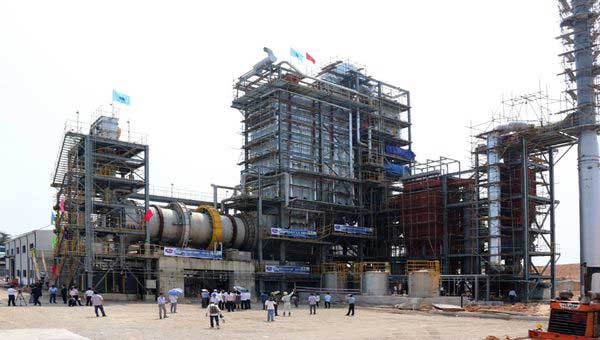Located on the outskirts of Hanoi, the industry will have the capacity of processing 4,000 tons of waste per day (60 percent of what is produced by the capital) and producing 75 megawatts of electricity per hour.
Built at a cost of nearly $ 310 million dollars, the plant covers a surface of 173,900 square meters, making it the second largest in the world after Chinese Shenzhen, which processes 5,000 tons of garbage per day.
Left over matters after being used to produce energy will be incinerated and used in the manufacture of bricks and other construction materials.
To fully ensure safety, it will count on a gas filtration system preventing the emissions of dioxins, mercury, nitrogen and other polluting substances into the environment.
Vietnam thus takes a new step towards the full elimination and use of solid waste.
Currently the three main ways of waste treatment in the country are burial, production of microbiological fertilizers and burning.
Only 30 percent of Vietnam’s existing dumping areas meet ecological standards, while most of its nearly 300 incinerators are of small-scale.
pgh/lcr









